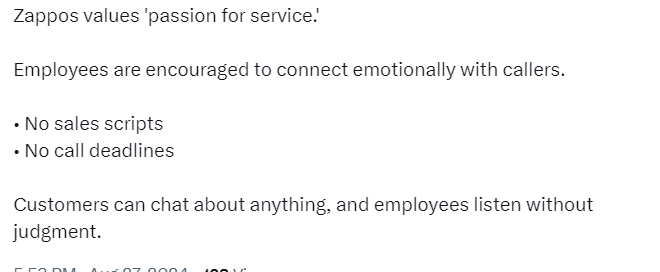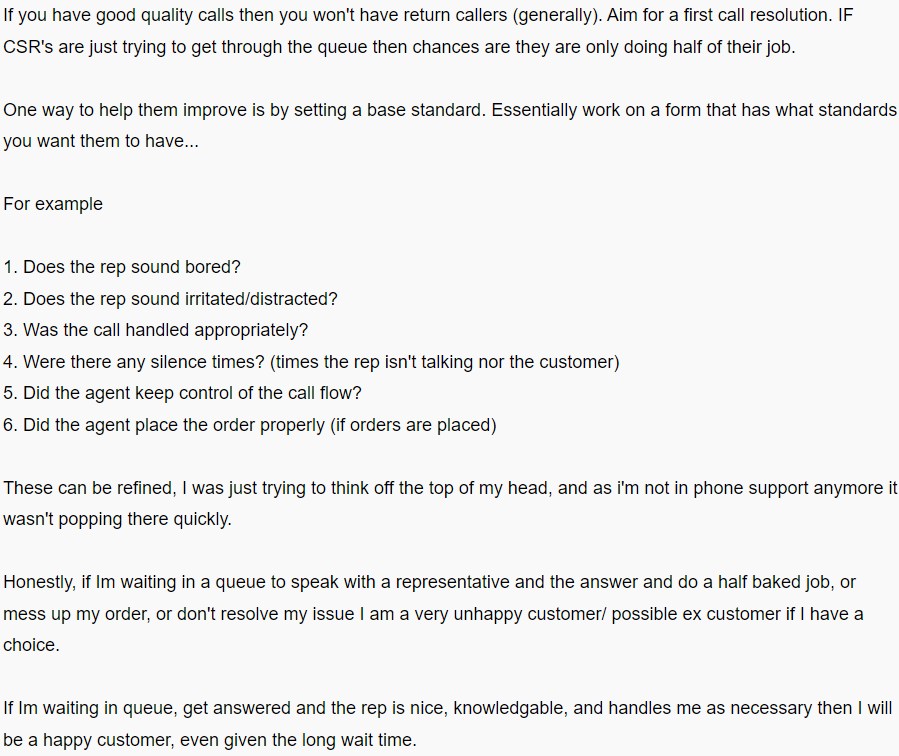10 Proven Strategies to Boost Your Customer Service Quality Assurance

Table of contents
I recently walked into an Apple store and I was floored by their service. The representatives were empathetic, understood my requirements, and resolved my doubts proactively.
I went back and researched how they made this possible. The secret lies in their workbook, which consists of applied psychology principles. It shows how employees can understand body language, use nonverbal gestures, and incorporate empathy in their responses.
These customer interactions are then reviewed as a part of their quality assurance process. The suggestions and feedback are used to optimize customer service.
What if you could do the same at your company?
In this guide, we’ll understand how quality assurance works in customer service and the strategies you can incorporate to improve customer interactions and experiences at each stage.
Table of Contents
- What is Quality Assurance in Customer Service?
- Key Components of an Effective Customer Service Quality Assurance Program
- Innovative Quality Assurance Techniques for Modern Customer Service
- Overcoming Common Quality Assurance Challenges
- Measuring the Success of Your Quality Assurance Program
- Future Trends in Customer Service Quality Assurance
- How Going Improved CSAT Scores by 16% with Quality Assurance
What is Quality Assurance in Customer Service?
Quality assurance (QA) is the process of checking whether your company is delivering a product or service that meets desired standards.
In customer service, it means monitoring and analyzing customer interactions such as phone calls, emails, or chat logs. QA managers set benchmarks and quality standards for evaluating interactions on the basis of empathy, communication clarity, professionalism, and problem resolution.
This information is then used to improve the quality of interactions between service staff and customers.
Key Components of an Effective Customer Service Quality Assurance Program
A successful quality assurance program is like a bag of Lego blocks. You need to systematically arrange things to build something great. Here are some strategies to get started.
1. Establish Clear Quality Standards
Before setting up a quality assurance program, you must define what “quality” means for your team. For some organizations, it may be providing quick responses. For others, it might mean taking time to provide the perfect solution.
To set these standards, ask these three questions:
- What do my customers prioritize?
- How do we want to portray ourselves?
- What are our future goals? How does it align with customer service?
For example, Zappos employees aren’t given scripts or set replies. They are encouraged to develop personal connections with the customers. Say, on the call, a Zappos support rep hears a dog. The support rep may initiate a conversation about pets.
For Zappos, thus, an important quality standard would be building strong customer connections.
2. Design Comprehensive Evaluation Criteria
You need a QA scorecard to grade support agents on their interaction, tone, and customer service skills. These scorecards ensure everyone judges customer service against the same parameters.
Align evaluation criteria with service goals to ensure proper scoring. For example, let’s say your team’s goal is to empathize with customers. The scorecard should reflect how the agent started the call, understood the problem, and used empathy statements.
Here are some questions for your scorecard:
- Did the agent greet the customer properly?
- Was the tone and language appropriate?
- Did the agent showcase product knowledge?
- Did they use empathy statements?
- Did they resolve the issue?
3. Implement Regular Monitoring and Feedback Loops
Your team might be having hundreds of customer interactions every week. Reviewing every single one is never feasible. This is where you can make use of AI tools to scan conversations and highlight interactions that need further monitoring.
This monitoring will result in QA scorecards for different agents. It’s important to note that this scorecard itself won’t do anything. You need to provide feedback based on this data.
For example, if you find that a service representative scored low on product knowledge, provide targeted training sessions and coaching.
Here are some best practices for giving your customer service agents actionable feedback.
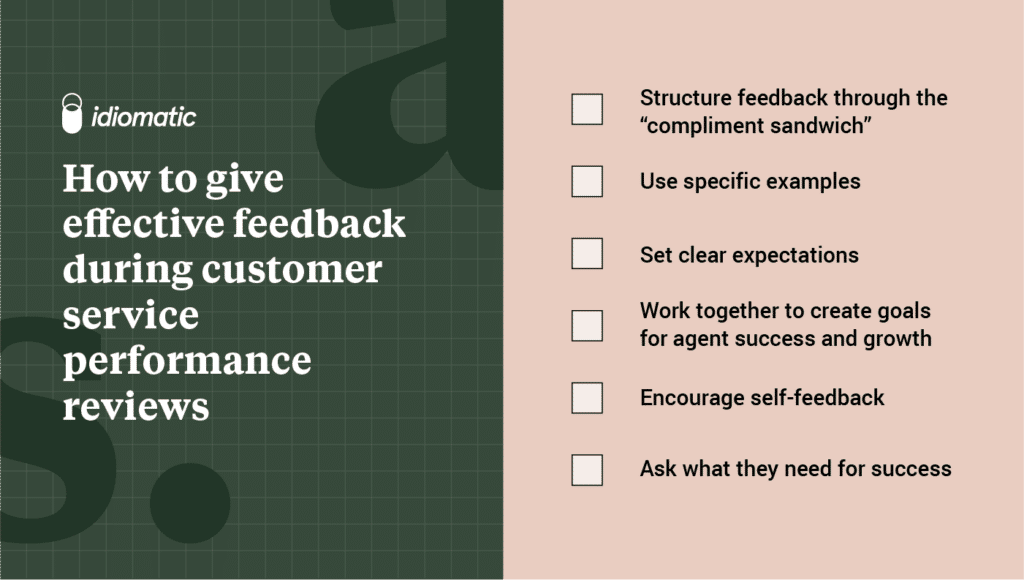
Innovative Quality Assurance Techniques for Modern Customer Service
Modern customer service is all about using the right technology to identify issues and optimize quality.
Here are two ways to do that.
Leverage AI-Powered Quality Monitoring
AI-powered quality monitoring software can monitor 100% of all customer interactions and help you shortlist those that need human review.
For example, it can flag that Jack from your customer support team often has calls with long wait times. As long wait times often frustrate customers, you can dig deeper and find ways to solve this problem.
Here’s how it impacts metrics in real life.
MoneySolver, a financial services company, used AI-powered quality assurance software to provide instant feedback to its agents. This led to a doubling of the close rate at its contact center.
Utilize Sentiment Analysis in Quality Assurance
Sentiment analysis refers to using AI and NLP (Natural Language Processing) to analyze customer interactions and gauge the emotional tone or attitude.
Here’s an example of what a sentiment analysis feature can do.
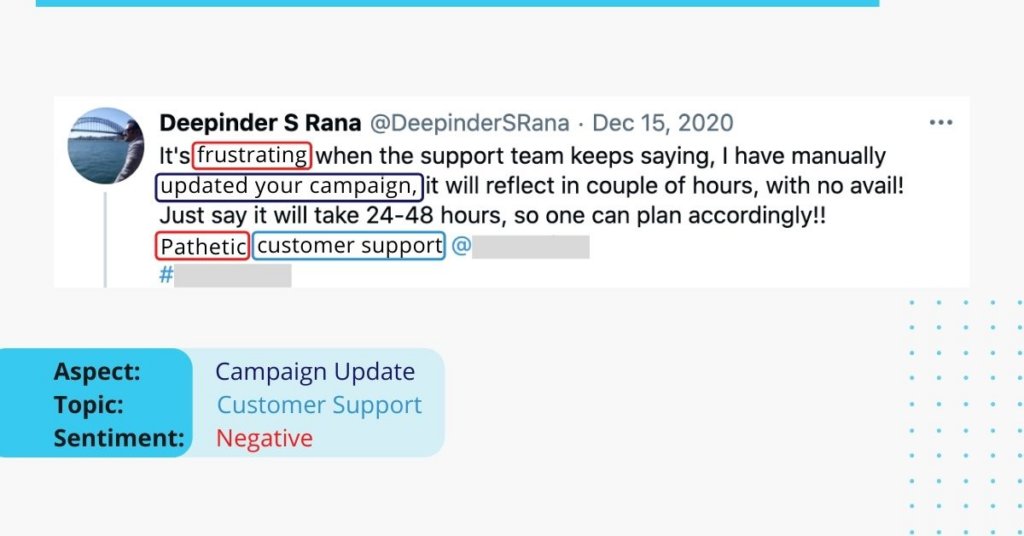
This is best used to review selected conversations or track agents’ tone and attitude.
Brandon Wilkes, marketing manager at the Big Phone Store, describes his experience using sentiment analysis, “We used data from sentiment analysis to improve our service by looking at complaints that our online Support chat was slow. I found that the majority of the complaints were coming from users who were on the free trial. I looked at how we could speed up the chat for those users and made some changes. This helped improve our service and keep our customers happy.”
Overcoming Common Quality Assurance Challenges
You’ll likely face a few challenges while setting up your quality assurance process. Here are three common ones and how to fight against them.
Balance Quantity and Quality in High-Volume Support
Maintaining quality assurance even during high-volume support times is a challenging task. Here are three tips.
- Automate repetitive tasks. For example, when you’re receiving a large number of queries, auto-assign them to selected team members using conditional triggers. Hiver helps you do that really well.
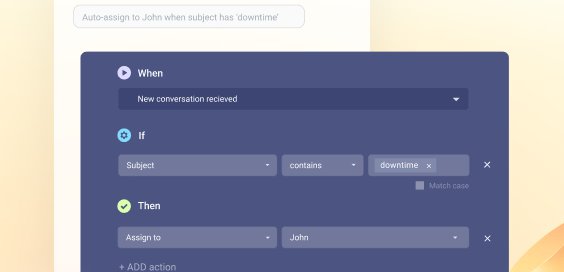
- Implement a tiered support system: Let Tier 1 team handle simple, routine inquiries. Escalate more complex issues to Tier 2 and Tier 3 agents with specialized knowledge. This helps distribute the workload properly and provides better customer service.
- Aim for a first call resolution: Good quality calls ensure a small number of return callers. When you’re faced with high-volume support, this becomes crucial. Give your team everything they need to resolve the issue on the first call. A user in a customer service forum recommends the same.
Address Agent Resistance to Quality Assurance Programs
Agents may often feel that quality assurance programs are overly critical, unfair, and focused on pointing out their mistakes. Three simple strategies can change this.
- Communicate the purpose and benefits: Show agents how the program will help improve their skills, increase job satisfaction, and lead to career advancement.
- Involve agents: Make the program feel less like top-down management. Instead, involve agents in setting up QA criteria and scorecards. When they have a say in the process, they are more likely to embrace the program.
- Provide constructive feedback: Portray feedback as coaching, not criticism. Talk about areas for improvement but also praise their strengths. This will make agents accept feedback readily and reinforce desired behaviors.
Ensure Consistency Across Multiple Channels
Customers may reach out for help via different channels like email, chat, voice call, or WhatsApp. You need to provide a consistent experience across these channels. For example, if you’re taking a personalized approach via call, ensure you deliver the same experience via email.
One way to achieve this is by using a multi-channel help desk.
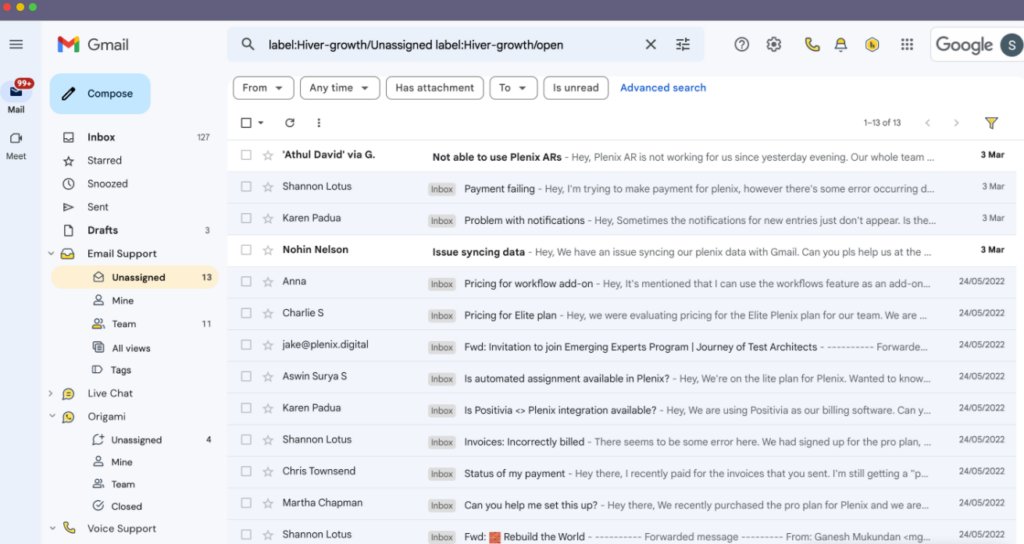
You can easily view all the conversations on one platform and review them to see if there’s consistency in tone, procedures for handling different complaint types, steps for resolution, and standardized scripts.
Measuring the Success of Your Quality Assurance Program
What you don’t measure, you don’t improve. But how do you go about evaluating your quality assurance program? Here are two proven strategies.
Correlate Quality Assurance Scores With Customer Satisfaction Metrics
By comparing QA scores with customer service metrics such as CSAT, you can understand how internal quality measures translate to customer perceptions. This can also show your program’s impact on overall customer experience.
Here are some tips to streamline your correlation.
- Map QA metrics to CSAT drivers: Ensure your QA scorecards and CSAT surveys measure factors that matter most to consumers. For example, fast resolution, empathy, and effectiveness. This alignment will help directly link the two metrics.
- Use statistical methods: Use methods like regression analysis to understand the impact of specific QA metrics on CSAT. For example, if empathy is a key component of QA score, this analysis can show how strongly improvements in empathy influence CSAT scores.
- Perform agent-level analysis: Compare individual agents’ QA scorecards with their respective CSAT survey results. Find the gap if the agent receives high QA scores but low CSAT ratings.
Looking for a way to track CSAT scores over time? Do it easily with Hiver’s CSAT surveys and dashboard.
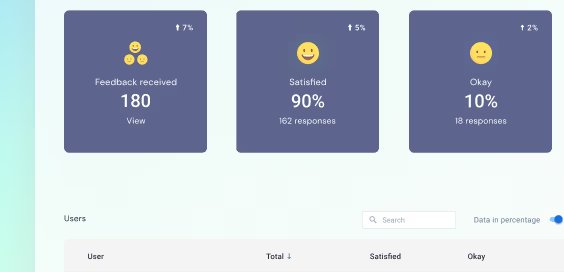
Use Quality Assurance Data to Drive Strategic Decisions
Your quality assurance data will provide many insights. For example, you may notice that many customer service calls are related to a particular product feature. This may call for strategic decisions such as better training for that product feature, clearer product documentation, or even feature re-design.
It can even help you with strategic training decisions. Take this scenario.
Your quality assurance data shows a teammate getting a high QA score. However, in a few instances, customers give him a low CSAT. Upon further analysis of these calls, you discover the teammate has difficulty dealing with frustrated/angry customers. The training should then revolve around how to deal with such situations.
Future Trends in Customer Service Quality Assurance
60% of consumers consider excellent customer service a key differentiator when choosing between brands.
The question isn’t whether you can deliver excellent customer service, it’s whether you can afford not to.
Here’s one trend that will change how we look at customer service.
Predictive Quality Assurance: Anticipating Customer Needs
Let’s accept it. Much of the customer service we offer today is reactive in nature.
We expedite deliveries when we get complaints of late deliveries.We improve service at our stores when we see customers going back empty handed.
It’s time we shift to predictive QA instead of reactive QA. Predictive quality assurance is an approach that leverages data analytics, machine learning, and AI to anticipate issues in customer quality before they arise.
Here are three use cases of predictive QA:
- Real-time monitoring can detect patterns or behaviors likely to lead to a bad customer experience. For example, agent sounding frustrated. By triggering real-time alerts, immediate course correction can take place.
- Analysis of historical data can provide certain patterns to identify factors that are most likely to impact future service quality.
- Use empathy scoring to quantify customer connection and emotional intelligence to forecast agent performance.
How Going Improved CSAT Scores by 16% with Quality Assurance
Going, a flight alert platform, focuses on providing great customer service largely through email and social media.
Instead of manually reviewing customer service interactions, they adopted a quality management tool.
The three changes they made:
- Get real-time alerts and feedback based on agent interactions with customers
- Utilize QA scorecards with standardized scoring parameters
- Perform more evaluations with technology
The result was a CSAT score increase of 77% to 93% in seven months.
Speaking of CSAT, are you looking to automate the creation and sending of CSAT surveys? Check out Hiver’s CSAT feature to analyze customer satisfaction, evaluate service quality, and identify improvement areas.











